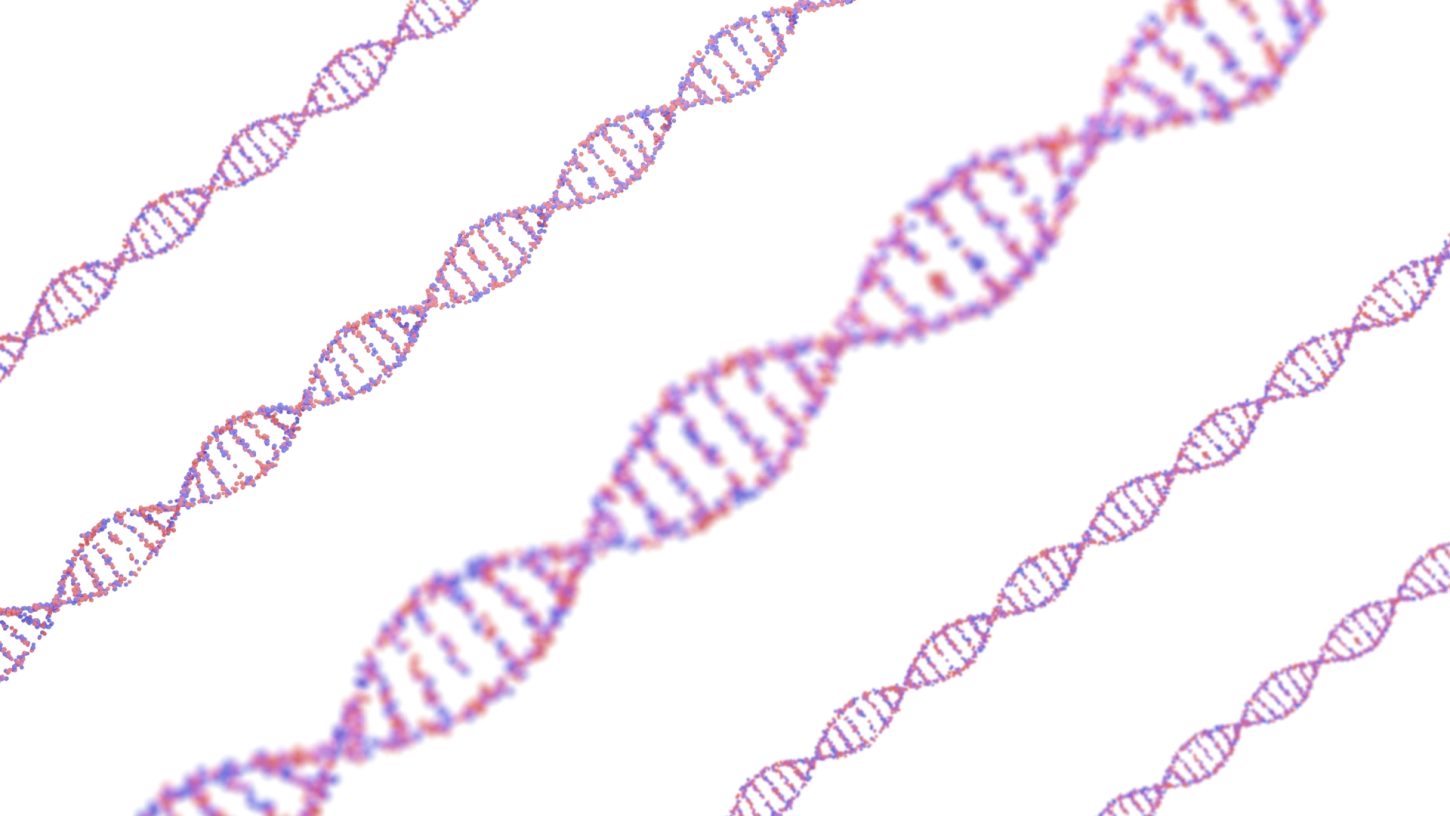Amelogenin is a protein encoded by the AMELX and AMELY genes located on the X and Y chromosomes. This protein plays an important role in enamel formation during tooth development. However, in the context of forensic medicine and DNA profiling, the amelogenin gene is particularly important for gender determination.
Important points about amelogenin
Biological role: Function: Amelogenin plays an important role in enamel formation (enamellogenesis).
Expression: Expressed in enamel-forming cells (ameloblasts).
Gene Markers:.
AMELX: The amelogenin gene on the X chromosome.
AMELY: The amelogenin gene on the Y chromosome.
These genes are similar, but not identical, and allow for the distinction between X and Y chromosomes.
Forensic and genetic analysis:.
Gender determination: The amelogenin gene is used in forensic medicine to determine the sex of an individual based on DNA evidence.
PCR Analysis: During polymerase chain reaction (PCR) amplification, primers target the amelogenin gene region on the X and Y chromosomes. The different sizes of PCR products generated allow for gender identification.
AMELX: Typically, it produces a band of about 106 base pairs.
AMELY: Typically, it produces a band of about 112 base pairs.
Forensic Applications:.
Sample Analysis: When analyzing a DNA sample, the presence of both AMELX and AMELY bands indicates a male (XY) profile, while the presence of only the AMELX band indicates a female (XX) profile.
Use in DNA profiling: amelogenin is included in the Forensic DNA Profiling Kit along with other STR markers to provide a comprehensive DNA profile.
example of use
DNA sample analysis:.
Forensic samples are amplified for the amelogenin gene using PCR.
Separate PCR products using gel electrophoresis or capillary electrophoresis.
Analyze the presence and size of the bands:
XX(Female): 1 band corresponding to AMELX.
XY(Male): 2 bands corresponding to AMELX and AMELY.
Significance
Rapid and reliable: provides a rapid method for gender determination from DNA samples.
Part of DNA profiling: used in combination with other STR markers to create comprehensive DNA profiles for forensic analysis, paternity testing, and identification of human remains.
If you need further information or have specific questions about amelogenin or its applications, please feel free to ask.
Latest Articles
Supervisor of the article

Dr. Hiroshi Oka
Graduated from Keio University, Faculty of Medicine
Doctor of Medicine
Medical Doctor









